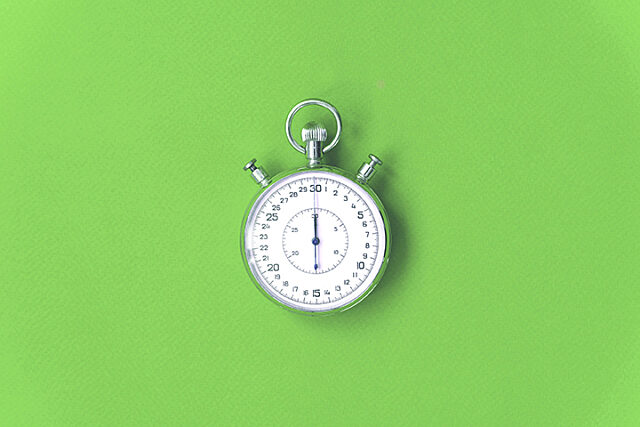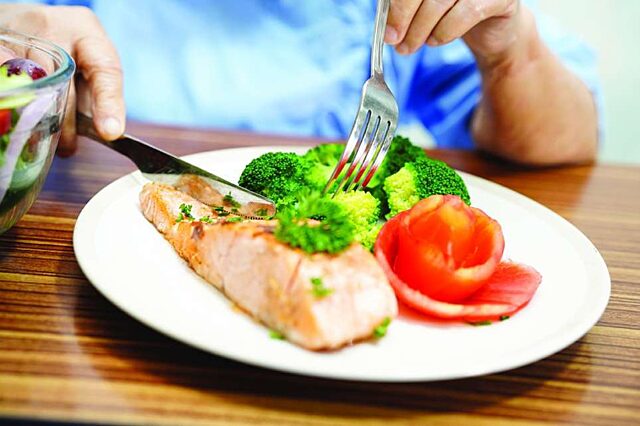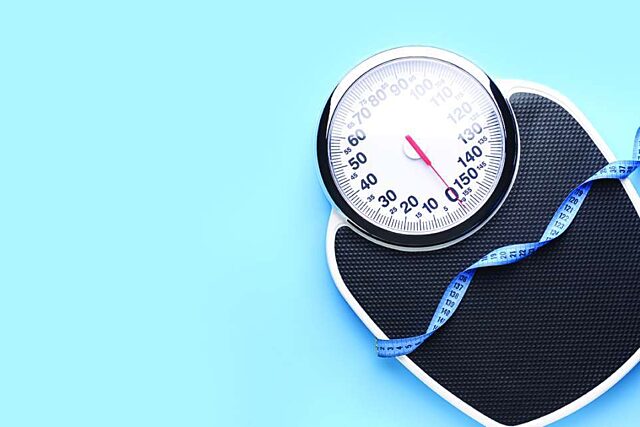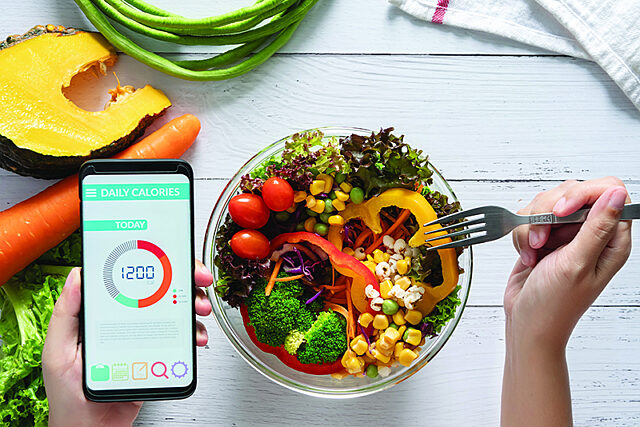How to Win at Weight Loss: 7 Components of a Successful Plan
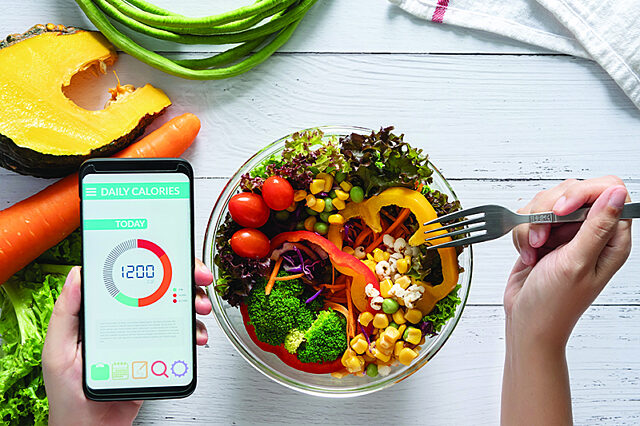
It can seem like there are a million different weight loss programs, and that new diet plans and exercise programs pop up every day. How do you know which one to pick? The good news is that researchers have identified the types of weight loss programs that can help you succeed at losing weight (and keeping it off!). For your best chance at success, look for a program that includes these seven components.
1. Reasonable weight loss expectations
Avoid the weight loss equivalents of “get rich quick” schemes. These are popular diet plans and exercise programs that guarantee you large and rapid weight losses in short time periods, such as “Lose 30 Pounds in 30 Days!” or “Get Slim by Saturday!” Instead, look for programs that have you aim for about a pound per week of weight loss. While people do tend to lose larger amounts of weight the first week or two of a new weight loss program this rate is often not sustainable longer term. Assuming that you will continue to lose weight at that rate can lead to you feeling frustrated and giving up completely.
2. A diet that fits with your preferences
In head-to-head comparisons, weight loss diets have been shown to work about the same in terms of weight loss success. Most important is choosing a program that has a diet that you ENJOY! Do you like vegetables? If so, maybe a vegetarian diet will work for you. Are you able to not eat over long periods of time without getting “hangry?” If so, intermittent fasting might be worth a try. The program should focus on dietary changes that you can stick with long-term. Enjoying what you eat is really important. Who wants to feel deprived for even short periods of time?
3. Keeping your favorite foods
Along with choosing an overall diet that fits your preferences, make sure your program leaves room for your favorite foods. For example, having a bowl of ice cream in the evening may be really important to you, so trying to cut it out completely may lead you to give up on weight loss entirely. Instead, try having a smaller serving (a half a cup, for example), filling your bowl with fruit and a small dollop of ice cream, substituting a lower-calorie option (such as frozen yogurt), or having it less frequently (such as once per week at a restaurant, so as not to tempt you each night at home).
4. Focus on changing both eating and activity patterns
Many people try to lose weight by increasing physical activity alone. However, weight loss is primarily driven by dietary changes. So you might ask, “Why exercise at all?” Exercise is a major driver of weight maintenance. That is, being active can help prevent you from regaining weight once you’ve lost it. Keeping this in mind, choose a program that has you getting into the swing of both diet and exercise at the start, when you are the most motivated.
5. Tracking your weight
A good program should have you tracking the changes that you are trying to make. Think about tracking your weight in the same way as you think about checking your bank account balance. Even though it may not be pleasant at times to know the balance, you need that information to be able to adjust your “spending” of calories and “banking” of exercise. Whether you use a smartphone app or just a piece of paper, tracking allows you to see what strategies are working to help you lose weight and what strategies are not.
6. Tracking your diet
In addition to tracking your weight, a good program should also have you track what you eat and drink. It can be really easy to forget about the calories in that coffee drink, the mayonnaise in your sandwich, or the chocolates you grabbed off a colleague’s desk. Track your diet to know where you can trim calories with the least amount of pain. Apps or websites can make tracking easier than ol’ paper and pencil. They can remember your frequently consumed foods or meals, utilize barcode scanners for packaged foods, and import recipes.
7. Accountability and support over the long term
Finally, the program you choose should provide the type of accountability and support that you need. In-person and phone-based programs tend to lead to larger weight losses than online programs because they have quite a bit of accountability and support. On the other hand, web-based and smartphone programs can be helpful for those with challenging or unpredictable schedules (especially if they have a way to provide accountability and support!). Be sure to look for programs that continue to provide accountability and support over the long-term, which has been shown to help maintain your initial success!
While there is no perfect diet plan, find one that fits best with your lifestyle and that encourages you to keep going even after you’ve experienced small slips. Looking for the seven key components can help you look past marketing claims and find a program most likely to help you successfully meet your long-term weight loss goals.
Kathryn Ross, Ph.D., M.P.H., associate professor and associate chair for research, UF PHHP department of clinical and health psychology
This article originally appeared on the Society of Behavioral Medicine’s Healthy Living website. It is republished with permission. For more, visit sbm.org/healthy-living © Society of Behavioral Medicine 2019
